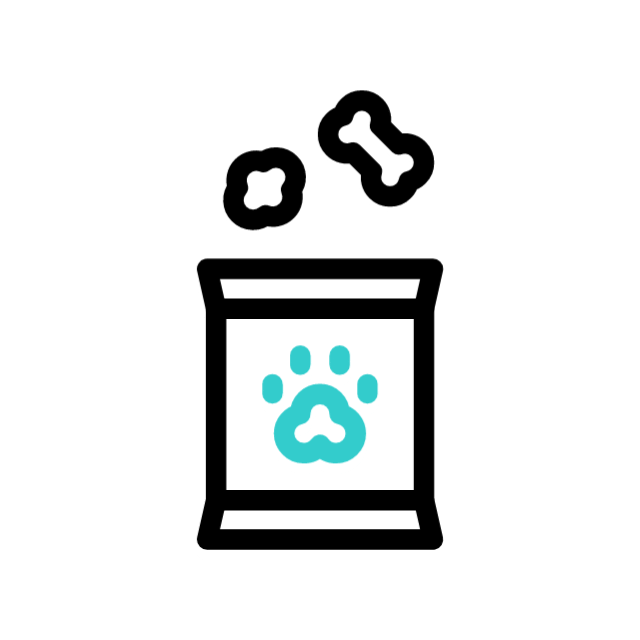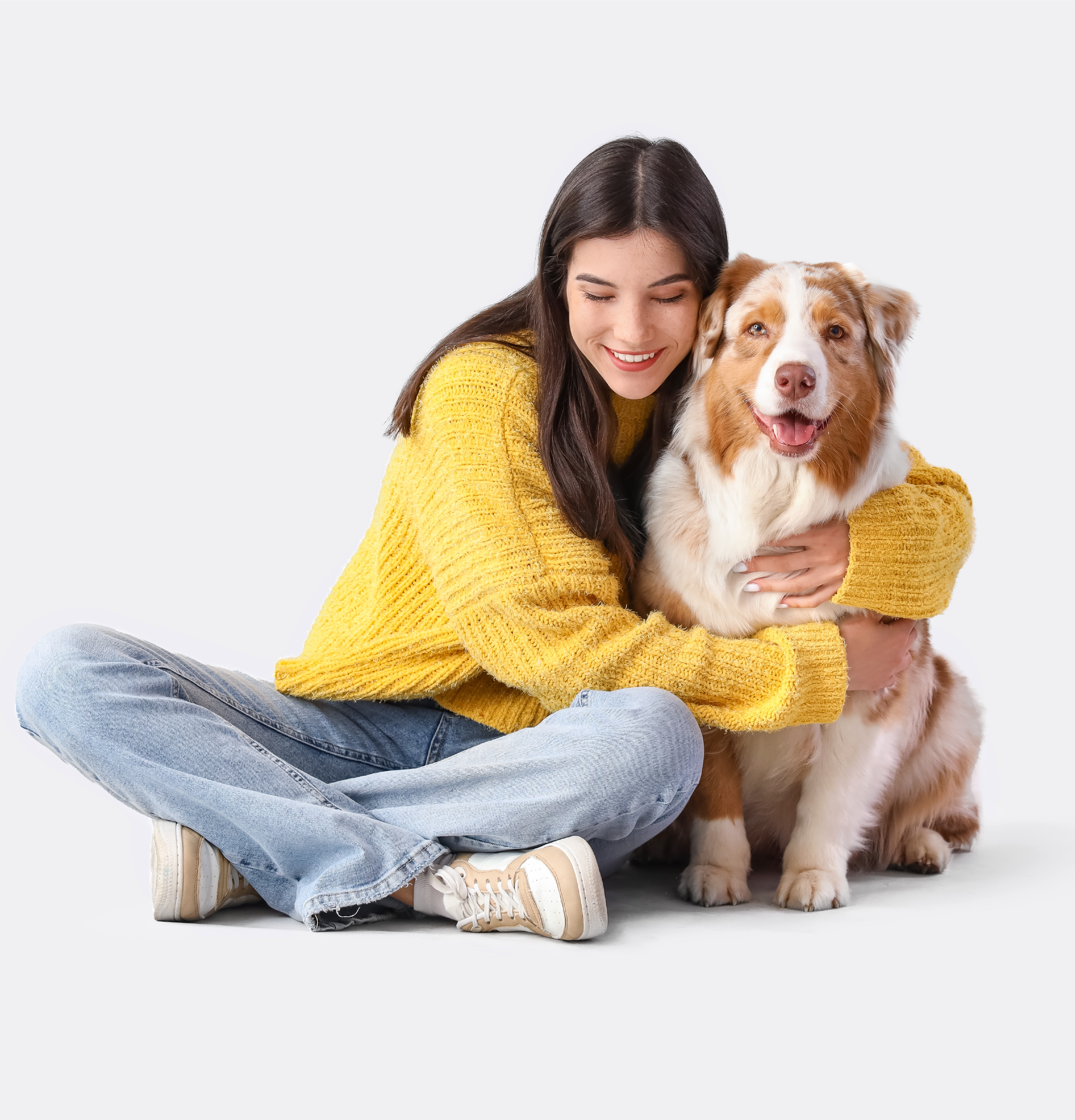Pets are more than just animals — they’re family. And just like we enjoy a little indulgence now and then, our furry companions love their treats too! But while it’s tempting to spoil them with goodies every time, they give you those puppy-dog eyes or a sweet purr, treats should be given mindfully. That’s where a treat routine comes in.
Creating a treat routine helps ensure that your pet stays healthy, happy, and well-behaved. Here’s how you can craft one that’s tailored to your pet’s needs.
1. Understand the Purpose of Treats
Before you dive into creating a routine, know why you’re giving treats:
- Training: Positive reinforcement for good behavior.
- Bonding: Building trust and affection.
- Health: Some treats are functional (e.g., dental chews, joint supplements).
- Fun: Just because you love them!
Knowing the purpose will help you manage the frequency and type of treats.
2. Set a Daily Limit
Treats should only make up 10% or less of your pet’s daily caloric intake. Too many treats can lead to obesity and nutritional imbalances.
Tip: Check the calorie content of treats and consult your vet for the ideal daily limit based on your pet’s weight and age.
3. Choose the Right Time
Pick specific times for treat-giving so it becomes part of a predictable routine. Some ideal moments include:
- After morning walks or playtime
- During training sessions
- As a bedtime snack
- When you’re leaving the house (to reduce separation anxiety)
This structure helps pets understand that treats are rewards, not entitlements.
4. Use Treats for Positive Reinforcement
Instead of giving treats randomly, use them to reinforce good behavior:
- Sitting quietly when the doorbell rings
- Walking calmly on a leash
- Going into the crate on command
This not only makes treats more meaningful but also improves your pet’s discipline.
5. Rotate the Treats
Just like us, pets can get bored with the same flavors. Keep things interesting by rotating between:
- Crunchy treats
- Soft chews
- Freeze-dried bites
- Homemade snacks (like apple slices or boiled chicken)
Make sure all treats are pet-safe and vet-approved!
6. Watch for Allergies or Sensitivities
Some pets have food allergies or sensitivities, so keep an eye out for:
- Itching or rashes
- Upset stomach
- Behavioral changes
If you notice anything unusual, stop the treat and consult your vet.
7. Make Homemade Treats (Optional but Fun!)
Homemade treats let you control ingredients and get creative. Try simple recipes with:
- Peanut butter (xylitol-free!)
- Oats
- Pumpkin
- Banana
- Chicken or fish
Bake them into fun shapes and store them in an airtight jar for easy access.
8. Track Treats and Adjust Regular Food Accordingly
If you’re giving more treats one day (like during an intense training session), reduce their kibble portion slightly to balance it out. Keeping a small log can help manage this.
9. Be Consistent
Consistency is key. If your pet gets treats randomly from different family members, the routine falls apart. Involve everyone in the household and set clear rules about:
- When to give treats
- How many treats per day
- Approved types of treats
10. Stay Mindful of Behavior
If your pet starts expecting treats without earning them (hello, demand barking!), it’s time to revisit the routine. Remember, the goal is to reward good behavior, not reinforce pushiness.
Final Woof
Treats are a great way to bond with your pets, encourage good behavior, and simply show your love. But moderation and mindfulness are key. With a consistent treat routine, you can ensure your pet stays happy, healthy, and full of tail wags or contented purrs.
So go ahead — give that treat, but make it count!



